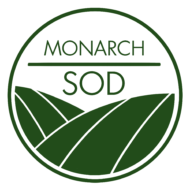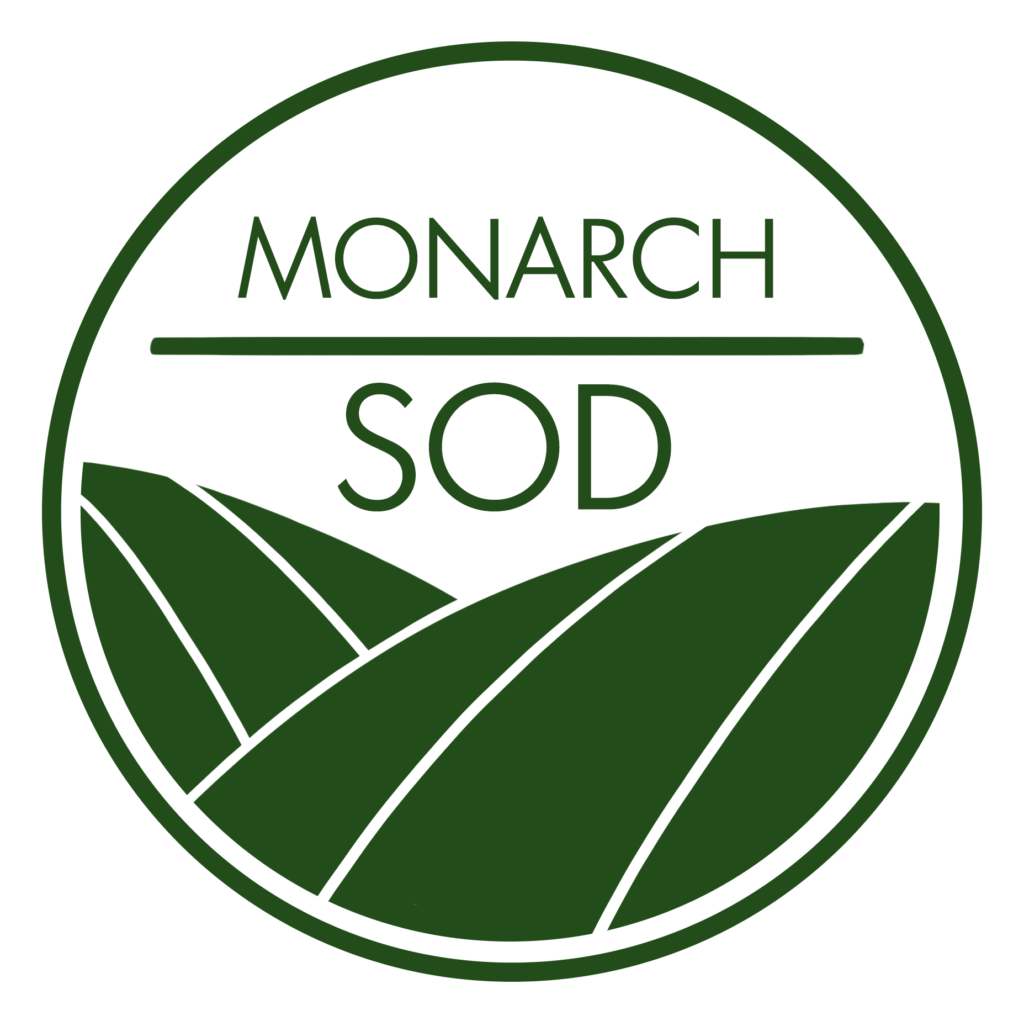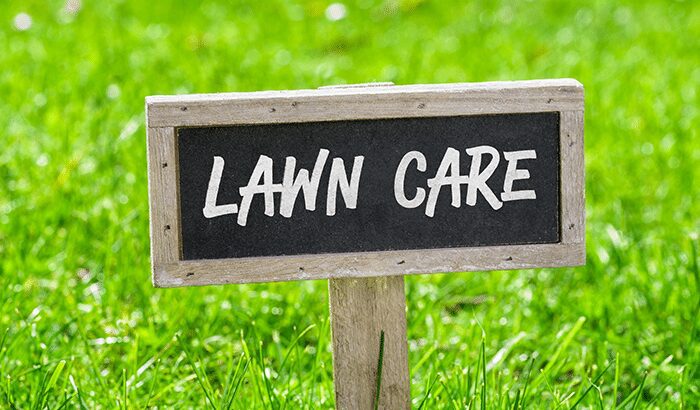If you’ve recently purchased your first home, it might be your first time caring for a lawn; this is your lawn care for beginners guide. After all, how else would you know about soil, pH levels, grass, or seed? What about weed prevention or mowing your lawn?
It can seem like an overwhelming process if you’re just getting started. But thankfully, lawn care isn’t difficult once you get the hang of it. Today’s blog covers lawn care for beginners, so you can care for your lawn correctly and have a beautiful yard to enjoy.
Caring for Your Soil
Does your turf look beautiful? That indicates healthy soil under the surface. But if your turf doesn’t look great or downright bad, you should check your soil, specifically your soil pH. Your soil pH measures how acidic or alkaline your soil is.
You’ll want to keep your soil pH at around 6.5 all over your yard. Do you have a large yard? We recommend testing your soil in multiple spots, as pH levels can vary all over your yard.
You can collect a test kit from your local county extension office, and they can recommend a good laboratory where you can take it for testing. If you have acidic or alkaline soil, you’ll need to treat it to restore it to full health. Lawn care for beginners includes learning how to treat this problem.
Acidic Soil
If your soil is acidic, it’s likely due to rainwater taking ions out of the soil, a lack of carbon dioxide, or acids forming. It could also be a combination of all three. You need ions like calcium, magnesium, potassium, and sodium to have healthy soil, so restoring your soil to a healthy pH level is essential.
But how do you remove the acidity from your soil? Lime is your solution. It will replace hydrogen ions, raise the soil pH, and add calcium and magnesium.
Alkaline Soil
Alkaline soil has a pH level of over seven and has a ton of sodium, calcium, and magnesium, making it very difficult for your grass to grow because there aren’t enough nutrients. We end up with alkaline soil when we water our yards with hard water that contains lime. While lime can restore acidic soil, it can also adversely affect it.
The solution for alkaline soil is to increase its acidity, which you can do by adding sulfur. You don’t need much; just add one to three ounces of ground rock sulfur to every square yard of alkaline soil. Don’t use as much sulfur on sandy or clay areas, and be sure to mix it very well.
You can also use organic matter like peat moss, composted wood chips, or sawdust. If you take this route, give your soil a couple of weeks before retesting it.
What About Grass?
Did you know you’re not stuck with the same sod or grass growing on your lawn? And did you know that some types of sod thrive in some regions but barely survive in other areas? If your grass is thriving, your yard will look beautiful.
Additionally, some sod thrives during certain parts of the year. You can change what grasses grow in your yard throughout the year to keep it looking its best.
For example, Kentucky bluegrass is ideal in northern states in the fall and spring. But Bermudagrass thrives in the heat in warm regions. Choosing grasses that work for your climate and season will positively impact the environment as they don’t need as much water and don’t require as much maintenance.
Seeding Your Grass
Want to plant new seeds on your lawn? It’s a great idea to thicken your grass or grow new plants. But we don’t recommend going through your yard and planting seeds everywhere—the timing matters. Pay attention to what season your plants-to-be will grow well in.
Are you planting seeds for the first time? We highly recommend learning how to read the accompanying tag. This information will help you properly overseed or plant new seeds appropriately so your grass can thrive.
Feeding Your Grass
Fertilizer is an integral part of keeping your grass healthy. Nitrogen is one of the most essential ingredients in fertilizer. Without it, your grass will be weak, dull, and an unhealthy shade of green.
How much fertilizer will you need? That depends on the results of your soil pH test. The test results will include the recommended amount of nitrogen. As crucial as fertilizer is, too much is no good for your lawn. So, keep to a schedule once you find the right amount and frequency for your yard.
Weeds, Weeds, Go Away
No one wants weeds growing on their lawn. But those pesky things have a habit of popping up unexpectedly in random places. While a weed might not look ugly at first sight, it will do ugly things to your yard. For example, your plants won’t get as much nutrition, water, or light, so they won’t thrive as well as they would without competing with weeds.
Your best bet is to treat existing weeds and then treat your grass as a preventative measure against more weeds growing in the future.
Mow Your Lawn
Of course, mowing your lawn is an integral part of keeping your yard healthy and is a critical part of lawn care for beginners. You want to cut for height and health, meaning that you want to keep your lawn trimmed and healthy. Depending on your grass, you might need to keep it short. Or, if the weather is too hot, the grass might need to be taller to accommodate that.
Don’t drastically cut down the height of your grass, though. That’s not good for it; it can cause damage. We recommend moving about one-third of a blade of grass at a time, but never more than that.
There are often city guidelines for how tall your grass can grow. Disobey those guidelines, and you might get fined–we don’t want that!
Monarch Sod
Are you ready to start caring for your lawn? We hope this lawn care for beginners guide has helped you understand how soil works and how to take care of your lawn.
Monarch Sod is a Utah sod shop supplier that works with our desert terrain. We have drought-resistant blends that will keep your lawn healthy throughout the year. We can provide you with high-quality sod for all your lawn care needs.
Have questions? Please don’t hesitate to reach out to us today!
var /*99586587347*/ toto slot










